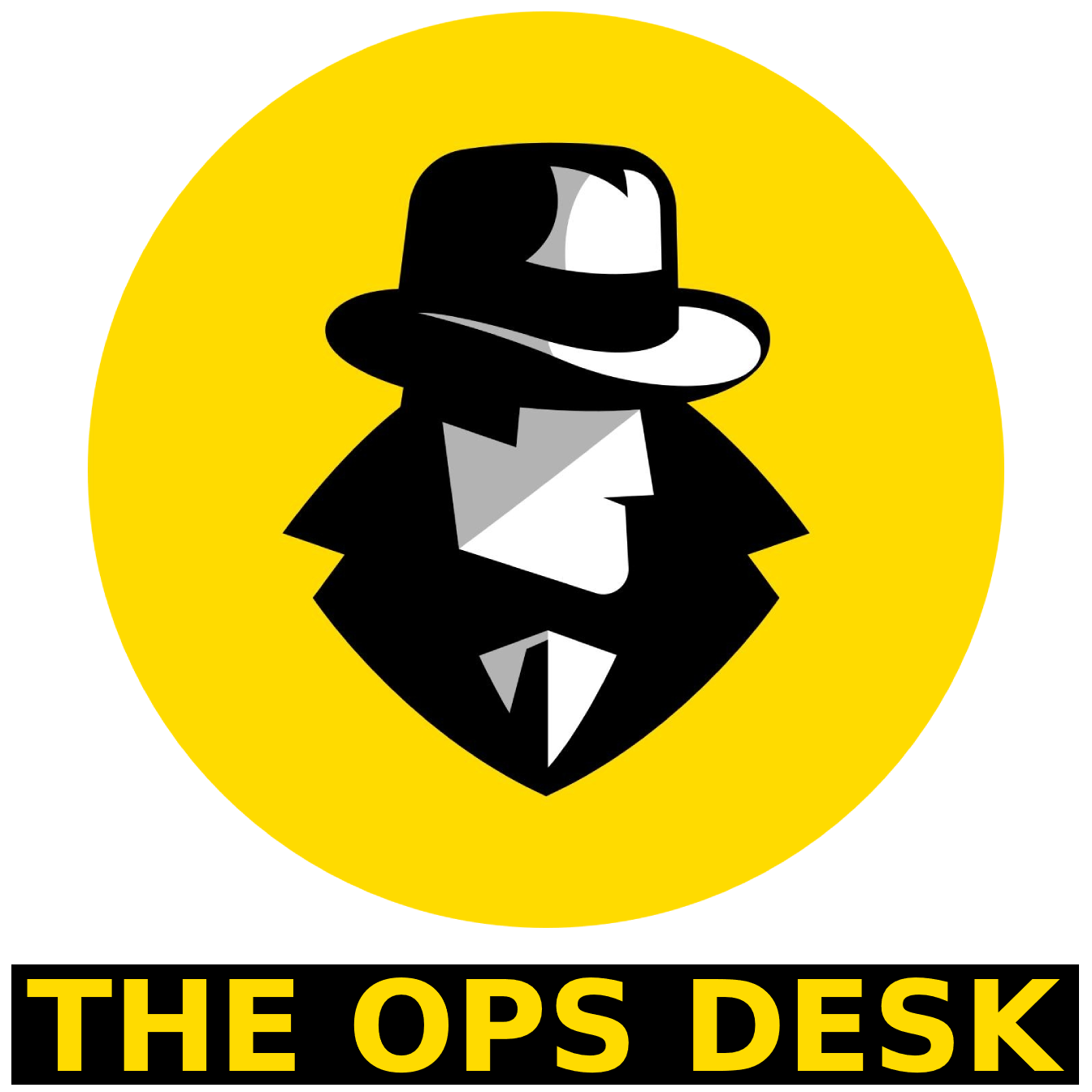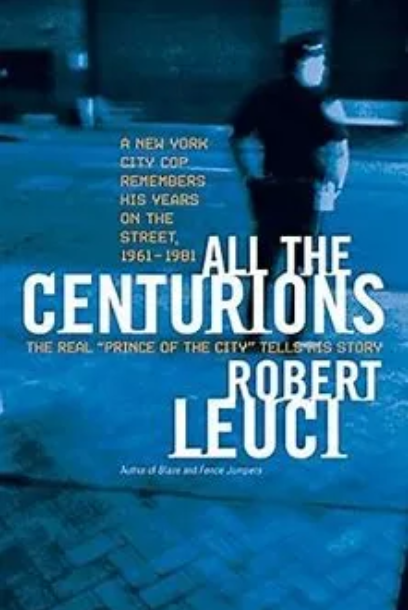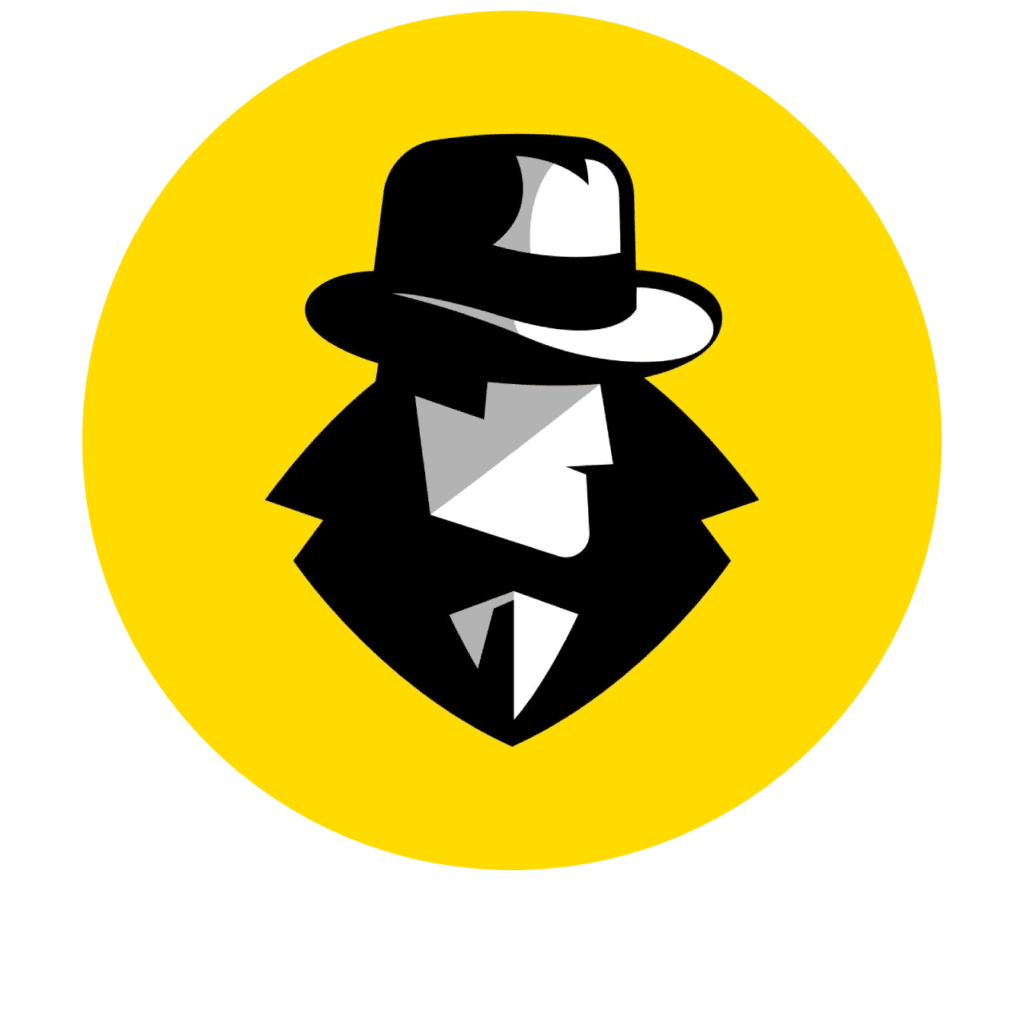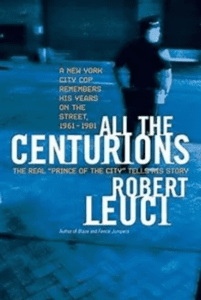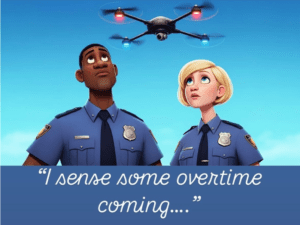Dozens dead in days of rioting
In 1884, Cincinnati was facing a number of crises. There was a burgeoning crime problem, rampant judicial and political corruption, and several floods that caused widespread damage and heartache to Cincinnatians. These problems came to a head after a March 26th jury verdict that was the final straw for many in the city.
The prior December, William Berner, a German immigrant and an accomplice had murdered their employer in what appeared to me a very open and shut murder case. The accomplice had been convicted of murder and hanged. Berner’s jury returned a verdict of manslaughter only. Even the judge was outraged as Berner himself had admitted his intent prior to the homicide.
On March 27, 1884, newspapers reported on this outrage, informing readers that jury members were being attacked and calling on the citizenry to take to the streets for “public meetings”. Most assumed the corrupt politicians and courts had rigged the verdict.
What occurred over the next 3 days was a shocking display of anarchy and violence. The 300-man Cincinnati Police Department was no match for the unruly mob that formed outside the jail and courthouse. As violence escalated, the Ohio Militia was soon in the streets, but they were unable to quell the violence as well. The mob stormed the jail after hours of fighting with police and militia, with the intent of lynching Berner. Finding that he had been moved out of town, they turned their attention on the courthouse, the symbol of corruption in their minds.
The mob, still being encouraged by the media, maintained a strong presence at the jail and courthouse. As the rioting moved into the evening of March 28th, a gunfight broke out in front of the courthouse. The barricaded troops shot back and forth with rioters for hours. Fires were started in several stores and eventually in the courthouse itself. Firemen were held at bay by the angry protestors.
Eventually additional militia reinforcements arrived from Columbus and Dayton, bringing with them Gatling Guns that were set up outside the courthouse and jaul. Realizing the consequences of their actions, the newspapers changed their tune and called for peace. By March 30th the uprising was put under control as the crowd tired itself out.
At the end of the violence, 56 people were killed including 2 militiamen and 1 police officer. The riot drew national attention to the corruption running wild in Cincinnati. None other than future President and future Supreme Court Justice WIlliam Howard Taft was bought in by the State of Ohio to prosecute corrupt actors in the growing city.
Christopher Flanagan
